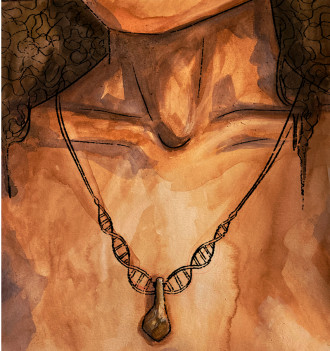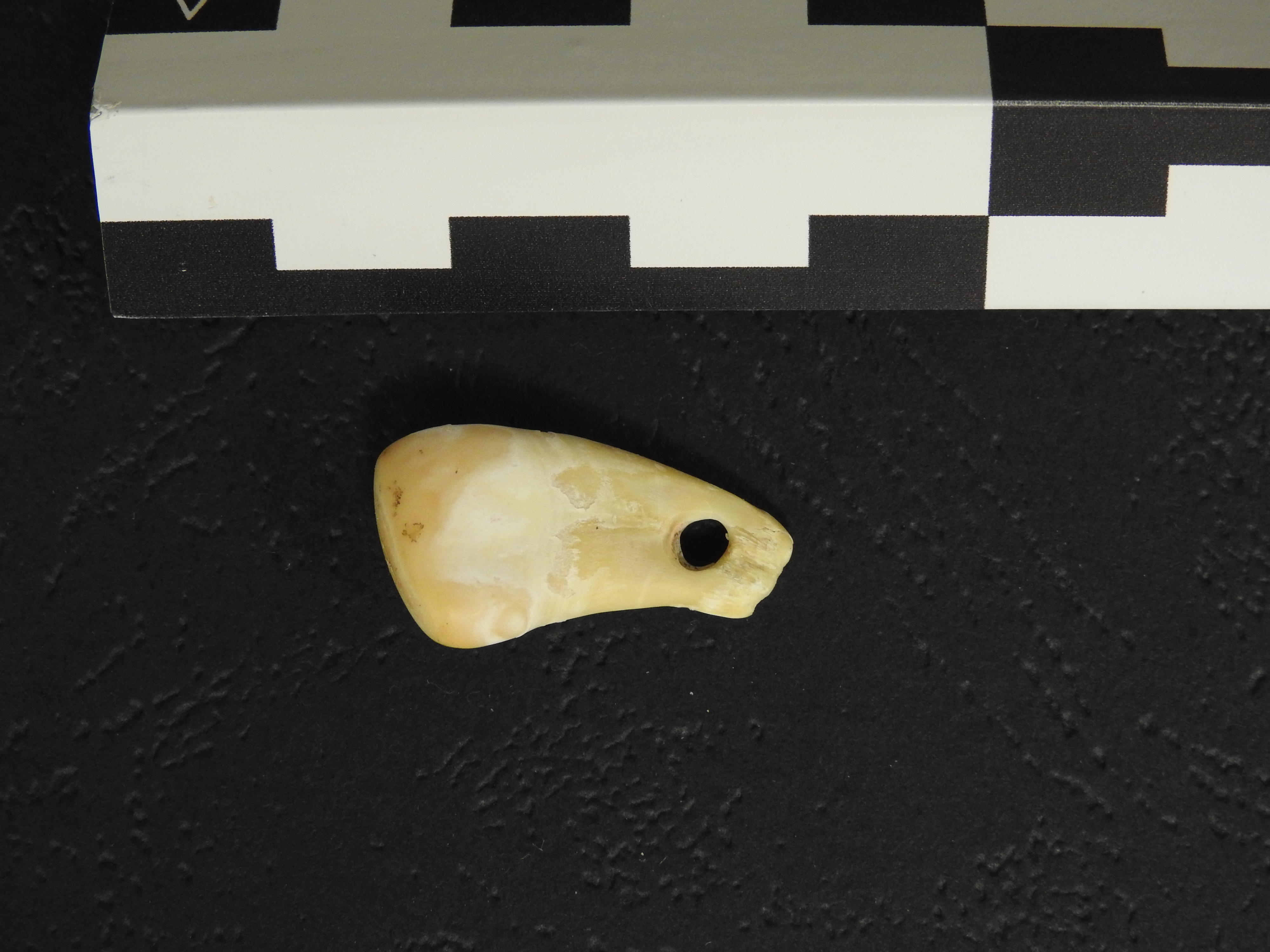Media release
From:
Archaeology: Ancient human DNA recovered from a Palaeolithic pendant
Ancient DNA retrieved from an approximately 20,000-year-old deer tooth pendant found in Denisova Cave, Russia, indicates that it may have once been worn by a female of North Eurasian ancestry. The findings, reported in Nature this week, are made using an innovative non-destructive method to extract DNA to provide direct genetic evidence for the identity of an individual who handled an object in ancient times.
Artefacts made of stones, bones and teeth offer insights into human behaviours and culture in Palaeolithic times. Objects made from animal bones or teeth are particularly promising, because they are porous and therefore allow penetration of DNA-containing body fluids (such as sweat, blood or saliva), which can be used to infer the makers or users of such objects. However, DNA extraction from ancient skeletal material can be destructive or can alter the specimens, or risks alteration of specimens submerged in extraction buffer solutions, making it difficult to link these objects to specific human individuals.
Elena Essel, Matthias Meyer, Marie Soressi and colleagues developed a non-destructive DNA extraction method, in which the objects were submerged in a sodium phosphate buffer while gradually increasing the temperature. DNA trapped in ancient bone and tooth artefacts is released into the solution and enables further sequencing and analysis. The authors applied this method to a deer tooth pendant from Denisova Cave in southern Siberia, Russia, and managed to recover DNA of a wapiti (a species of elk) and an ancient human. The DNA analyses allowed them to estimate the age of the pendant at around 19,000–25,000 years; using the DNA to make these estimates also avoids destructive sampling for radiocarbon dating. Further analysis of the human DNA identified this individual, presumably the maker or wearer of the pendant, as a female who had a close genetic relationship to a group of Ancient North Eurasian individuals who lived around the same time but were previously found only further east in Siberia.
The authors conclude that their works show the potential of ancient artefacts as a previously untapped source of ancient human DNA that can directly link genetic and cultural information. They also suggest that archaeologists apply protocols for minimizing handling during and after excavation, as surface DNA contamination can hamper these analyses.
Multimedia










 International
International


